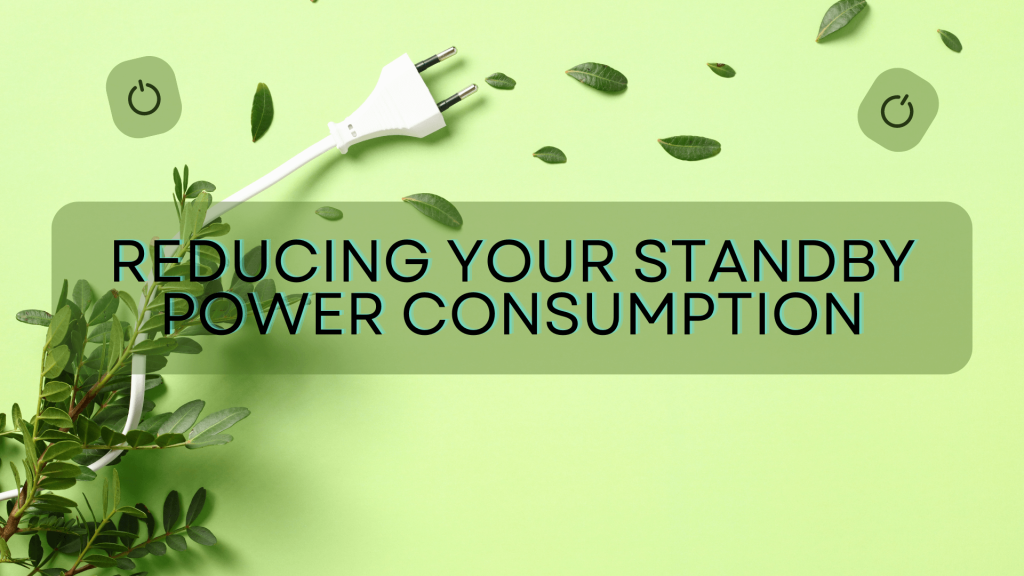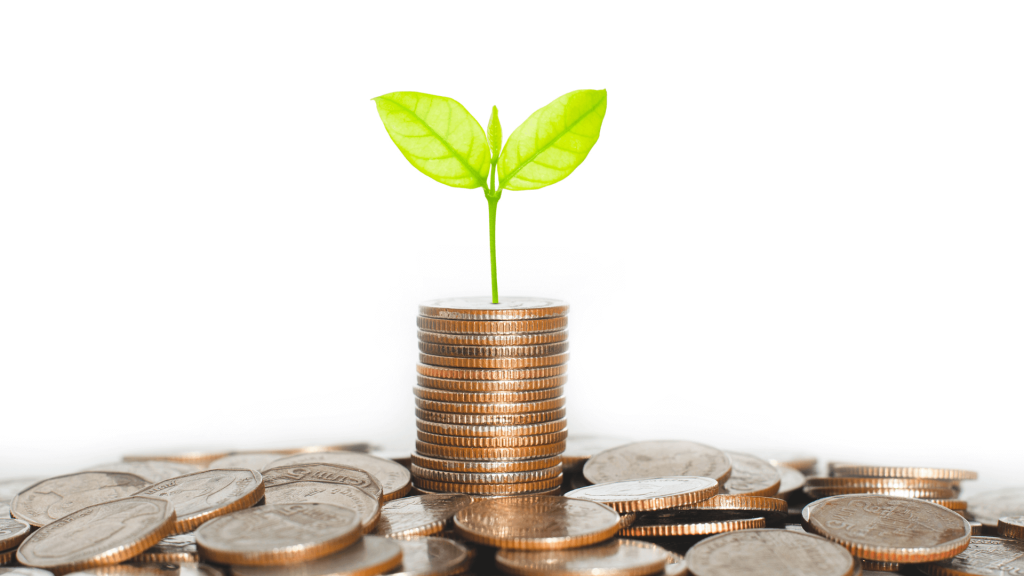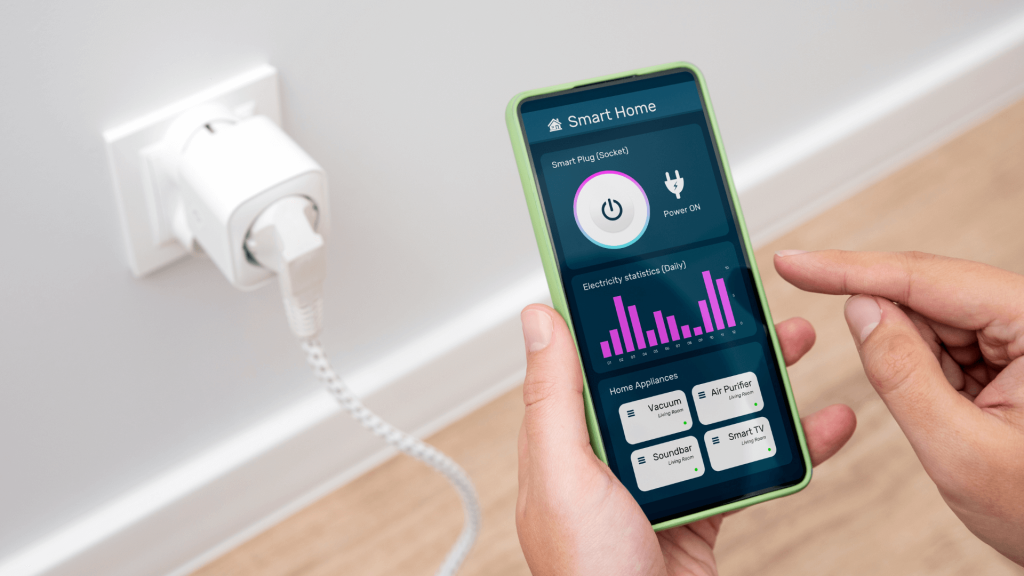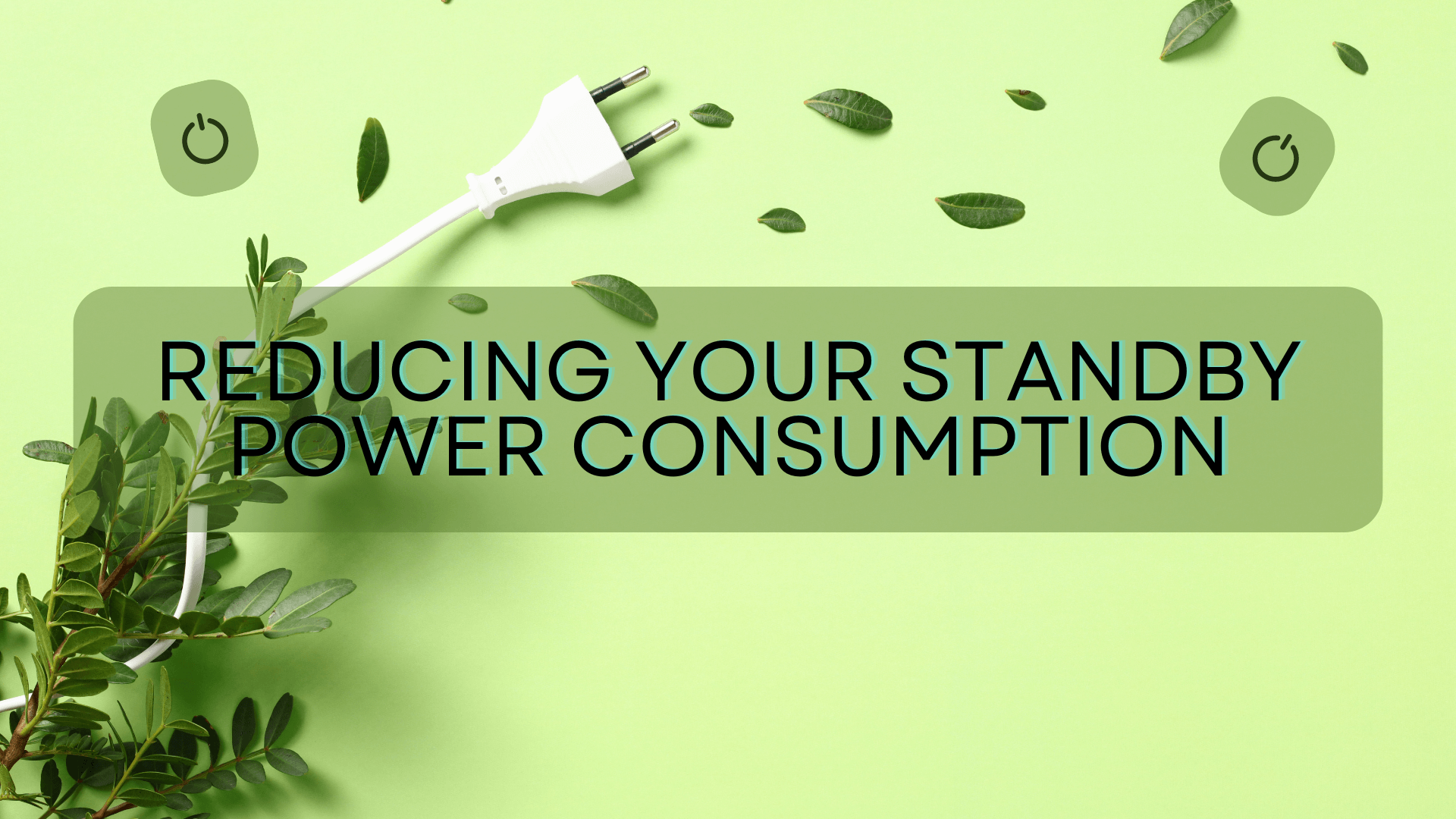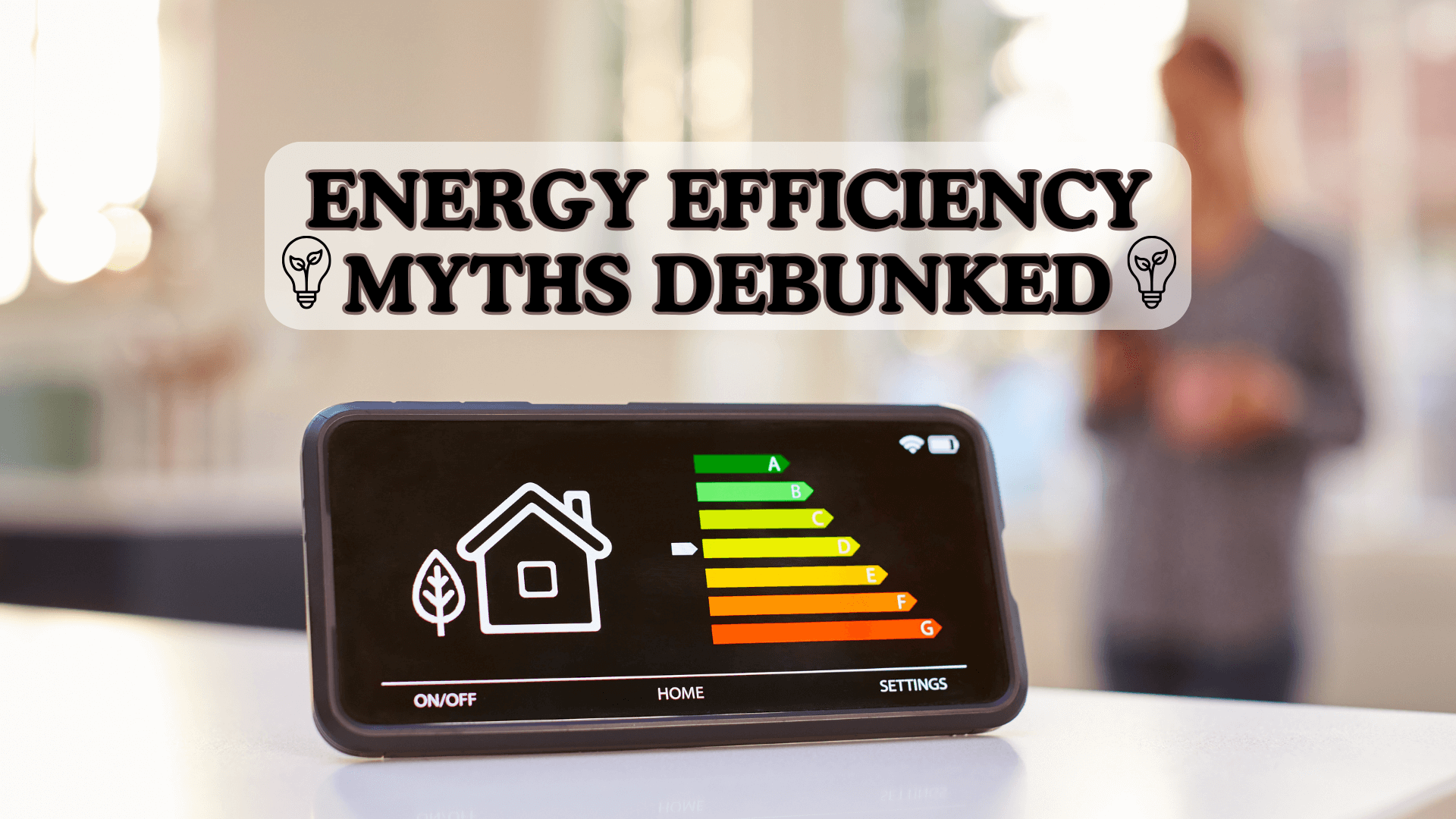Display Table of Contents
Standby power, often referred to as ‘vampire power’ or ‘phantom load’, refers to the electricity that devices consume when they are switched off but still plugged into an outlet. Despite the device’s inactive state, energy continues to flow, leading to unnecessary power usage and higher electricity bills. Identifying and reducing these hidden energy drains within your home can lead to significant savings and contribute to environmental conservation.
Identifying Devices with High Standby Consumption
Typically, any piece of electronic equipment with a remote control, external power supply, continuous display (including LED indicators), or a charging function tends to draw power even when not in active use. Examples include televisions, game consoles, chargers, and kitchen appliances. By recognising these devices, homeowners can begin to tackle the issue of standby power wastage effectively.
Effective Strategies for Reducing Standby Power Usage
Several approaches can help reduce the effects of standby power consumption. Implementing these strategies can lead to lower energy bills and a more sustainable living environment.
- Unplug Devices: The simplest method to cut standby power usage is by unplugging devices when they are not in use. This approach is particularly effective for chargers and kitchen appliances that do not require constant power.
- Use Power Strips: Smart power strips can automatically cut power to devices when they enter standby mode. By connecting multiple devices to a single strip, you can control the power supply to all of them with a single switch.
- Adjust Settings: Many modern devices offer settings that reduce standby consumption. Exploring these options can help minimise energy waste.
- Invest in Energy-Efficient Devices: When purchasing new appliances or electronics, look for those with low standby power usage or with a reputable energy efficiency rating, such as the Energy Performance Certificate.
Understanding and Measuring Your Standby Power
Awareness is the first step towards reduction. By understanding how much standby power your household consumes, you can take targeted actions. Energy monitors and smart meters can measure the energy use of individual devices and your home overall. This knowledge allows homeowners to identify the most significant contributors to their standby power usage and address them accordingly.
Advanced Solutions and Technologies
Technology has provided solutions that help in the battle against standby power waste. Advanced power strips, for example, can detect when a device is in standby mode and cut off power automatically. Additionally, smart home systems allow homeowners to control and monitor the energy use of appliances remotely, offering a convenient way to save power.
Implementing these strategies requires a mix of awareness, behaviour change, and investment in energy-saving technologies. By embracing these approaches, households can significantly reduce their standby power consumption, leading to cost savings and a reduced environmental footprint.
Practical Tips for Everyday Savings
Reducing standby power does not always require significant lifestyle changes or substantial financial investments. Here are some practical tips that can be incorporated into daily routines to cut down unnecessary energy consumption:
- Charge Wisely: Remove mobile phones, laptops, and other devices from chargers once they are fully charged. Leaving them connected extends energy usage.
- Reevaluate Nighttime Habits: Devices like televisions, computers, and kitchen appliances do not need to stay plugged in overnight. Developing the habit of switching off power strips before bedtime can lead to substantial savings.
- Opt for Manual Power Off: Instead of using remote controls to switch off devices, turn them off manually. This ensures they do not remain in a standby state.
- Regular Maintenance: Keep appliances in good working order. Malfunctioning or inefficient devices tend to consume more power, even in standby mode.
Government Initiatives and Consumer Awareness
Several governments worldwide have recognised the importance of reducing standby power consumption and have initiated programmes to raise consumer awareness. These include labelling schemes, which highlight the energy efficiency of appliances, and incentives to encourage the purchase of products with low standby power usage. By staying informed about such initiatives, consumers can make more energy-conscious decisions and contribute to a broader environmental impact.
Long-term Benefits of Reducing Standby Power
The advantages of minimising standby power extend beyond immediate cost savings. In the long term, these efforts contribute to energy conservation, reducing the demand on power plants and thus reducing greenhouse gas emissions. Furthermore, reducing energy consumption can prolong the lifespan of your devices, leading to fewer replacements and a lower environmental impact associated with manufacturing and disposing of electronic goods.
Community and Collective Action
While individual actions are crucial, collective efforts can lead to even greater reductions in standby power usage. Sharing knowledge and strategies with friends, family, and neighbours amplifies the impact of your efforts. Community initiatives, such as collective purchasing of energy-efficient appliances or organising local awareness campaigns, can encourage a culture of sustainability and lead to significant communal energy savings.
Implementing measures to reduce standby power consumption is a straightforward yet effective way to lower energy bills and contribute to environmental sustainability. By becoming aware of the sources of phantom load in your home and adopting strategies to minimise it, you can play a significant role in the global effort to conserve energy. Remember, every small action counts when it comes to energy conservation, and the cumulative effect of these actions can lead to substantial changes.
Incorporating Renewable Energy Sources
Transitioning to renewable energy sources for your home, such as solar panels or wind turbines, can significantly offset your total energy consumption, including the power used in standby mode. While the initial setup can be an investment, the long-term savings and environmental benefits are substantial. By generating your own electricity, reliance on the grid decreases, and so does the standby power drawn from non-renewable energy sources.
Education and Continuous Learning
Educating oneself and family members about the impacts of standby power consumption is vital. Awareness leads to action. Engage with online resources, community workshops, or energy-saving campaigns to keep abreast of new ways to reduce energy use at home. Schools and educational establishments also play a crucial role in instilling energy-saving habits in children, encouraging a generation that is conscious of and responsible for its energy consumption.
Future Technologies and Innovations
Technological advancements continue to pave the way for more effective energy-saving solutions. Innovations such as ultra-low-power standby modes and energy-harvesting controls are on the horizon. These technologies promise to reduce standby consumption to a fraction of current levels. Staying informed about and embracing these innovations as they become available can further reduce your home’s energy footprint.
Building a Sustainable Future
The journey to reducing standby power consumption is part of a larger attempt towards sustainability and environmental handling. By addressing the silent energy drain in our homes, we contribute to a larger, global effort to reduce energy waste and combat climate change. It’s an ongoing process that requires continual commitment and adjustment, reflecting changes in technology, lifestyle, and the environment.
Every measure, whether small or significant, plays a part in the collective endeavour to save energy and protect our planet. The steps you take today to reduce standby power consumption will pave the way for a more sustainable and energy-efficient tomorrow. Embrace these changes, and inspire others to do the same, for the well-being of future generations and the health of our planet.
Engaging with Your Energy Provider
Engagement with your energy provider can offer additional routes for reducing standby power consumption. Many energy companies provide detailed breakdowns of your usage and can help identify when your consumption is at its highest, potentially indicating excessive standby power usage. Some providers also offer green energy plans, sourcing electricity from renewable sources, which, when coupled with reduced standby power, further reduces your environmental impact.
Adopting a Holistic Approach to Energy Savings
Reducing standby power is just one aspect of a comprehensive energy-saving plan. Incorporate other energy efficiency practices such as improving home insulation, using energy-efficient lighting, and adopting smart heating and cooling systems. A holistic approach maximises energy savings and environmental benefits, creating a more sustainable living environment.
Monitoring and Evaluating Your Progress
Regular monitoring and evaluation of your energy-saving efforts are crucial. Use smart meters, energy monitoring apps, and monthly energy bills to track your progress. This not only motivates continued effort by highlighting successes but also identifies areas for further improvement.
Conclusion
Standby power consumption is a quietly widespread issue, often overlooked in the broader context of home energy use. Yet, its reduction holds the potential for significant energy and cost savings, alongside considerable environmental benefits. Through awareness, education, and proactive measures, individuals can make a substantial impact. It is through collective action and a commitment to sustainability that we can tackle this hidden energy drain, contributing to a more energy-efficient and environmentally conscious world. Embrace the challenge, and transform your home into a model of energy efficiency and sustainability.

